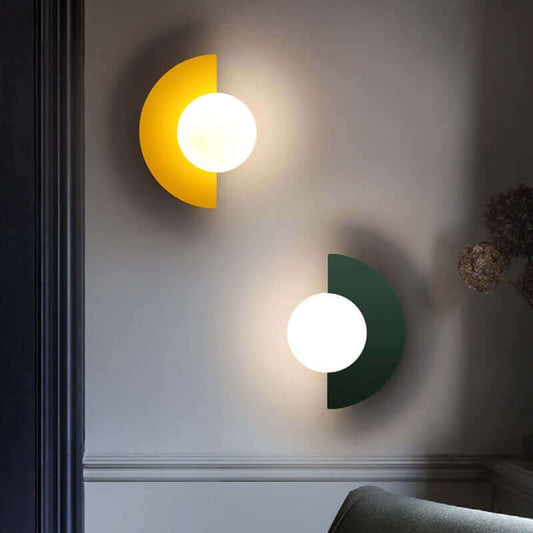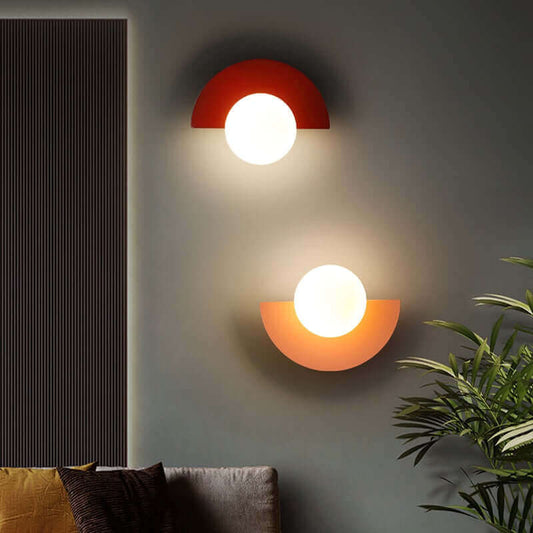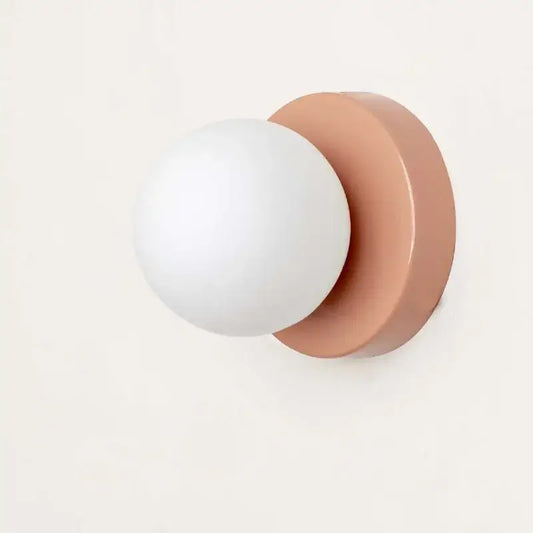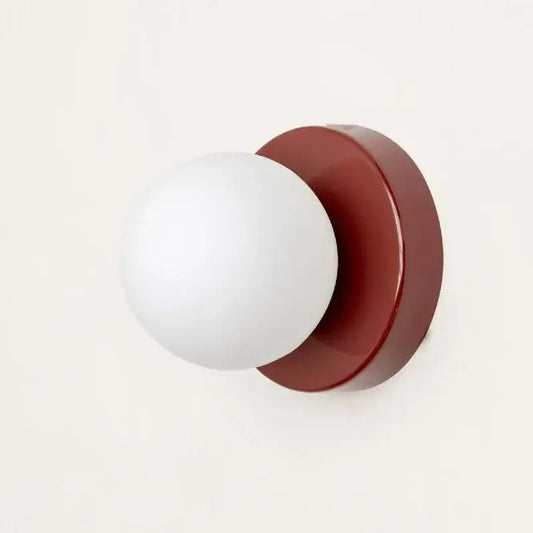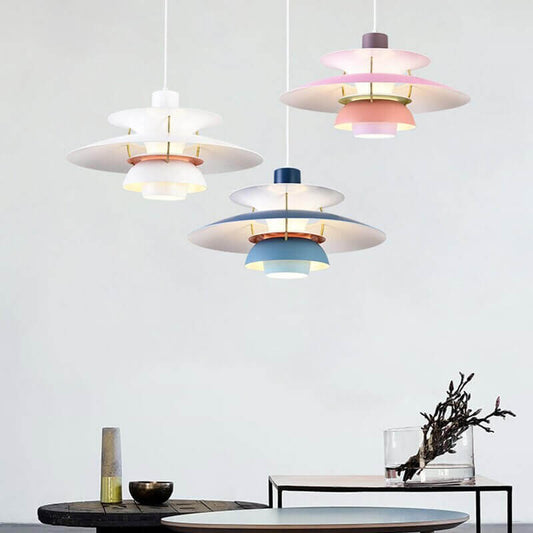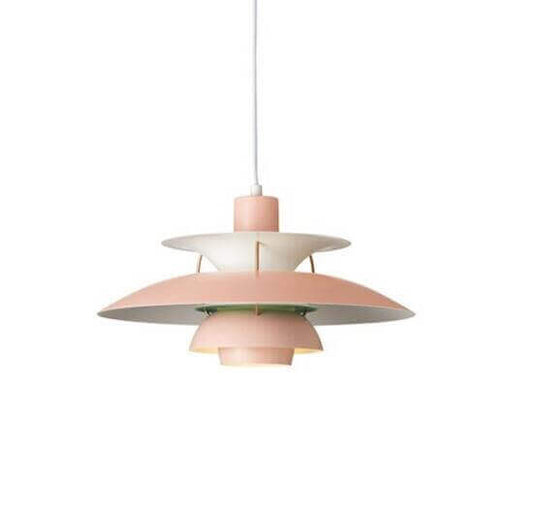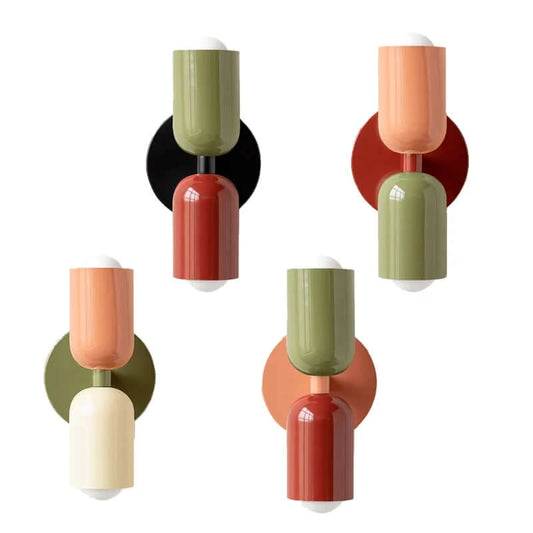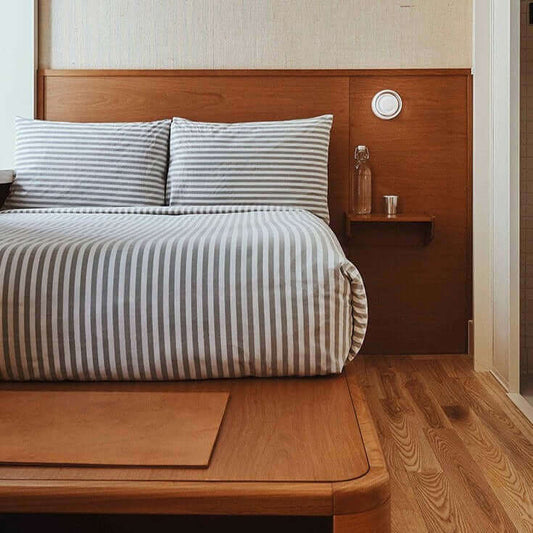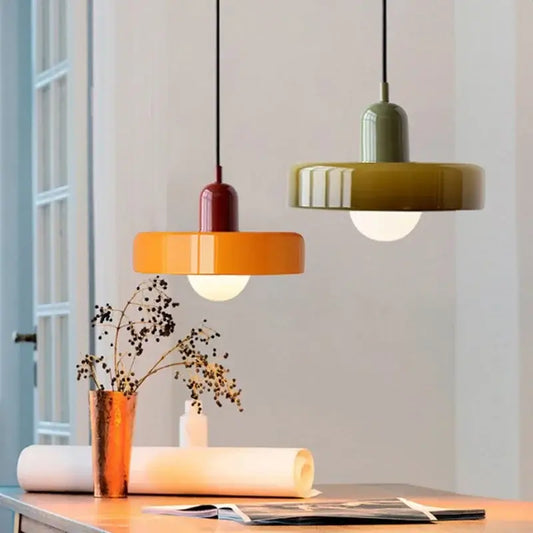When it comes to designing our own interiors, we often look to magazines, Pinterest, and design blogs for inspiration. However, one often overlooked source of inspiration is commercial interior design. Whether it's a trendy coffee shop, a stylish boutique, or a luxurious hotel, commercial spaces can offer valuable ideas and concepts that can be translated into our own homes.
1. Innovative Use of Space
Maximizing Functionality in Design
Commercial interiors are not just about aesthetics; they are the epitome of functionality and efficiency. These spaces are crafted to maximize utility and create an inviting atmosphere. This principle is key in residential spaces as well, where the aim is to make the most of every square inch. Observing commercial environments can inspire ways to utilize every corner of a home, integrate multi-functional furniture, and ensure seamless transitions between different living areas.
Spatial Dynamics in Commercial Design
Notice how commercial spaces are zoned. There’s often a fluidity that allows for multiple activities to occur simultaneously without interference. In residential design, this can translate to open floor plans, movable partitions, or even multi-purpose rooms that can adapt to the changing needs of the occupants.
2. Creative Color Palettes
Bold and Unconventional Choices
Commercial interiors don't shy away from color, often using it to define the space and its purpose. Vibrant hues can energize a space, while subdued tones might set a more relaxed atmosphere. In residential spaces, this translates to not being afraid of embracing vibrant hues or unexpected color combinations, pushing beyond the traditional color schemes to create a personalized and unique ambiance.
Color Psychology in Design
Commercial designers use color to evoke specific emotional responses—warm colors for a welcoming feel, cool tones for a calm environment. Similarly, in a home, color can be used strategically to influence mood and atmosphere. Consider how color can define zones, alter perceived proportions of a room, or simply reflect personality and style.
3. Attention to Lighting
The Functional Art of Illumination
In commercial design, lighting is more than just a utility—it's an art form. It's used to highlight architectural details, showcase products, and set the mood. For instance, a restaurant may use warm, dim lights to create an intimate dining experience, while a boutique might use bright, focused lighting to highlight its products.
Layering Lights in Living Spaces
In residential interiors, lighting should be layered to cater to different activities and times of the day. Ambient lighting sets the overall mood, task lighting focuses on specific activities, and accent lighting draws attention to design details. Smart lighting systems can also replicate this dynamic commercial lighting, allowing for adjustable settings for different scenarios.
4. Textures and Materials
A Tapestry of Textures
Commercial spaces are often a tactile experience, with an array of textures that invite touch and exploration. This mix not only adds visual interest but also creates a rich, layered look. The use of textures in a home can have a similar effect, bringing warmth and variety into the space.
Material Diversity
Materials in commercial design serve both functional and aesthetic purposes. From the cool sleekness of metal to the organic warmth of wood, each material contributes to the space's narrative. In a home, materials are an extension of the individual's style—stone countertops, glass dividers, or metal accents can all be used to add depth and character to the space.
5. Attention to Detail
The Devil is in the Details
Commercial spaces are curated down to the last detail. Whether it's the stitching on upholstery, the finish on a light fixture, or the placement of art, each element is intentional. This meticulous attention to detail can transform a residential space from ordinary to extraordinary.
Personal Touches
Incorporating personal items, custom furniture, or unique art can make a home feel more connected to the inhabitants, much like how commercial spaces reflect their brand identity. Attention to detail means selecting accessories, textiles, and decor that not only fill a space but also tell a story and create a cohesive design narrative.
Next time you visit a trendy cafe or a stylish boutique, take a moment to observe the design elements that catch your eye. By drawing inspiration from commercial interior design, you can create a unique and captivating interior that reflects your personal style.





